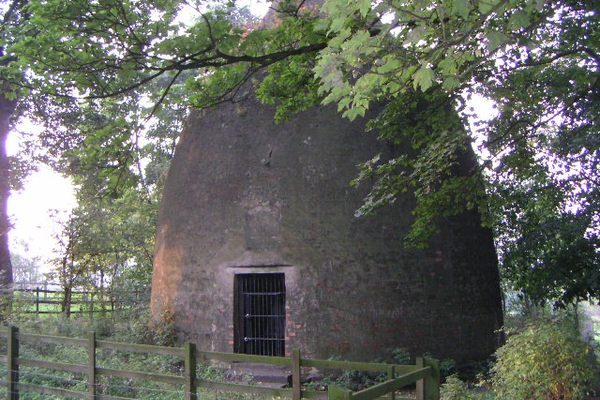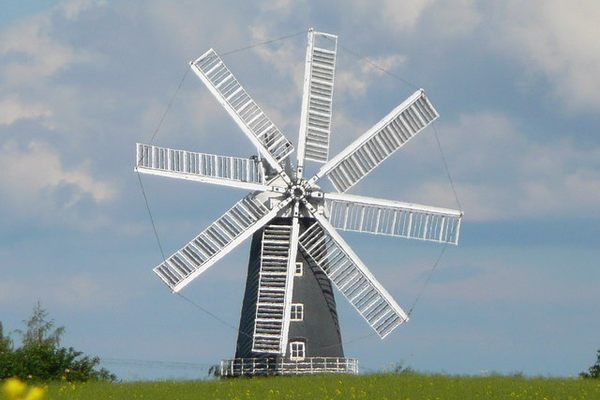About
In the 1790s, salt was Scotland's third-largest export, after wool and fish. The ruins at St Monans saltworks, adjacent to the Fife Coastal Path, is a reminder of this industry that was once very important to the Scottish economy.
Most coastal communities that had access to coal were involved in the industry: coal was needed to heat the evaporation pans where water from the sea was boiled into sea salt. The windmill at St Monans—the last remaining windmill in Fife—was used to pump sea water into the salt pans, which were then heated by local coal.
The coal was mined just to the north of the salt pans at a place currently known as Coal Farm. It took 8 tons of coal to produce a ton of salt, and the industry declined rapidly when faced with competition from sun-evaporated salt from Spain. The St Monans salt pans were abandoned by 1823.
Today there are useful information boards around the site. The old salt pans have been excavated, but there is little left of the buildings that used to cover them. Salt pans were on site starting from the 17th century, but the ones you can see today are actually 18th-century pans, built by the Newark Coal and Salt Company. The company also constructed a wooden-track, horse-drawn railway between the mine, the salt pans, and the harbor. The line of track is currently called Waggon Road.
Salt was highly taxed and had to be stored in bonded warehouses just as alcohol is stored today. The remains of these can also be seen at the St Monans salt mill.
Related Tags
Know Before You Go
Access is available Wednesdays from 1:30 - 4:30pm and Saturday and Sunday 1:30 - 5:00. At other times you can collect a key from the local post office or the Spar convenience store.
NEW - Flavors of Scotland: Beyond the Haggis
Smoked seafood, single malt whisky, and warm hospitality.
Book NowCommunity Contributors
Added By
Published
May 2, 2018































